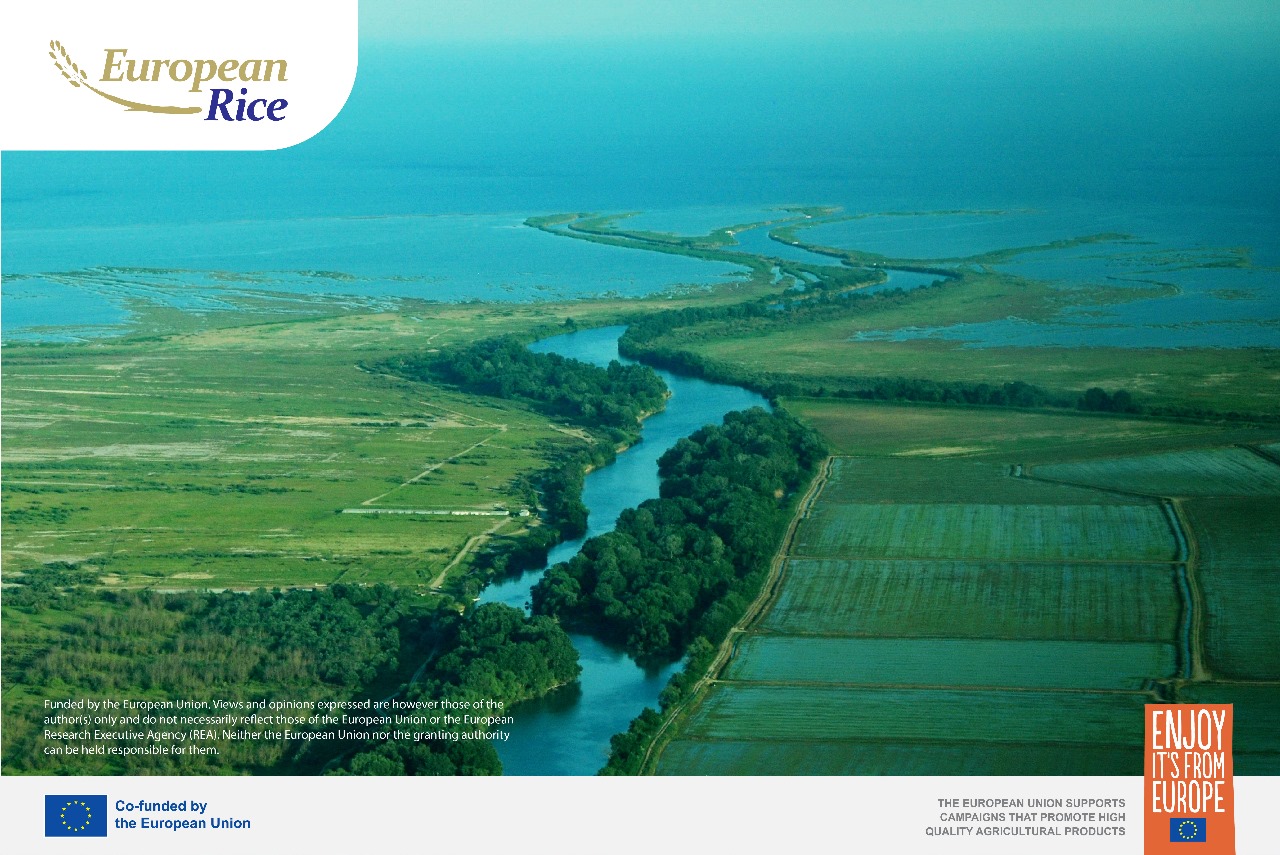Dubai,NFA Post: European rice, an EU-funded promotional program emphasized on sustainable farming practices to be a key trend this year, given the world’s focus on moving to eco-friendly practices across different sectors.
Renowned for its exceptional quality and commitment to sustainable farming practices, European Rice is an authentic and unique production quality of rice produced in Greece.
European rice is distinguished for its quality and nutritional value. The high-quality standards applied to the productive methods in the context of the European Policy on rice production contribute to making a quality product, free from plant protection products and other heavy metals which are detrimental for human health.
European rice is an absolutely safe product since growing practices are based on environmentally friendly principles. Plant protection products used are approved by European Authorities, while fertilization is applied at the right time, using suitable products and state-of-the-art equipment. Precision agriculture is used for growing of European rice. This particular farming management concept is compatible with the ecological approach measures stipulated in the new, reformed Common Agricultural Policy (CAP). Its goal is to further improve the quality and yield and, in parallel, to reduce the pollution of the soil and under- ground waters, as well as to mitigate the wider environmental impacts. Certified Processes compliant with the Integrated Crop Management System for Rice are applied by producers for the European rice grown in Greece. This system rests on best agricultural practices which respect the environment, protect the health of the producer-cultivator and offer a safe product to consumers.
The European Rice Market is sub-divided in two different segments, namely, INDICA RICE a long grain variety which represents around 25% of EU rice production and JAPONICA RICE, a short and medium grain variety which is the traditional European rice and represents around 75% of EU rice production. While a part of the rice is distributed in the domestic market, the rest is exported to the Middle East, the Balkans and countries in Europe. European rice seeks to highlight its longstanding farming traditions, celebrating the rich heritage of rice cultivation from European fields to tables worldwide.





